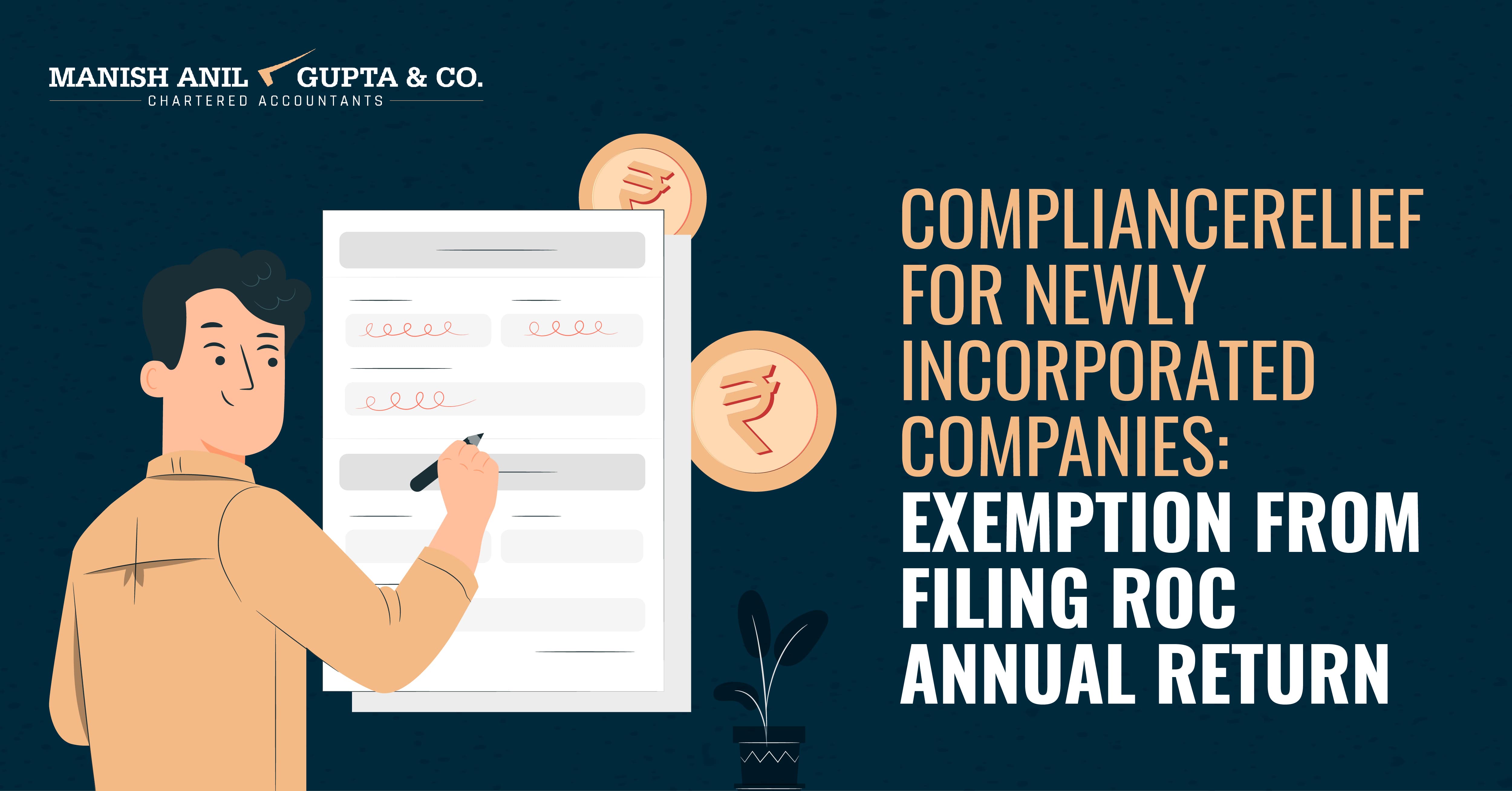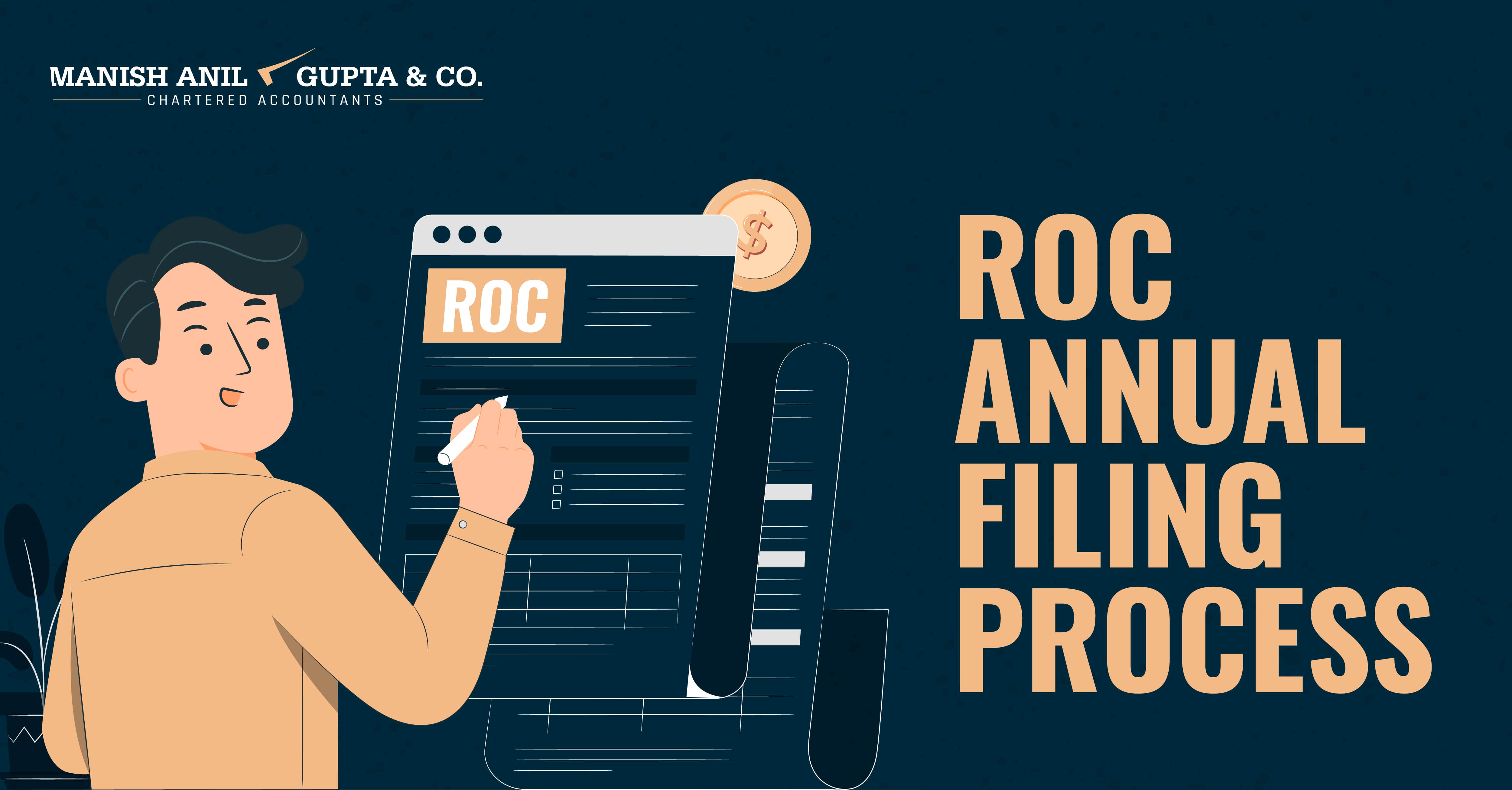There exist multiple modes through which a company can end its existence. One out of them is striking off of its name from the register of company's names. A company that is not working and wants to remove its name from the registrar's records may opt for this method.
Before going further on this topic, let's understand these two terms,
striking off and liquidation. When a company is in the process of getting struck off, the term we use for it is striking off. In comparison, liquidation or dissolution is the stage where the process gets completed. The company stands liquidated when the name is removed from the records.
This process can be initiated by the ROC or the company as well.
The registrar can initiate this process on his own on any of the below-mentioned grounds-
* The company has failed to start its business within a year of its incorporation.
* The company has not been carrying its operations since the preceding two financial years and has not yet applied for the status of a dormant company.
* On physical verification, he finds that the company is not carrying any business.
* The subscribers to the company's memorandum have not paid the subscription money, and a declaration regarding the commencement of business is not filed within 180 days of the company's incorporation.
If the ROC believes that any ground mentioned above is present, he may send a notice to the company and all its directors. The company is given thirty days period to reply to the notice. Reasons are presented by the company explaining why its name shouldn't be struck off. If the representation satisfies the ROC, he stops the process; otherwise, he continues. For the knowledge of the public about this process being initiated, ROC publishes a notice on the website and in newspapers too. The authorities regulating the subject company are also informed to raise objections if they have any.
Before striking off the name, the registrar makes a provision for realising all the company's debts. After considering all the objections received within the given time, the company's name is removed from the register.
Companies that are not performing any activities have the option to get their name struck off from the records. This way, they will not have to comply with the compliances they usually have to adhere to, no matter whether they are working or not. This way is comparatively a more suitable way to disband a company.
Companies can apply for its closure on the same grounds on which the registrar has the power to remove a company's name from the register. Below given is the procedure that the company needs to follow:
* The Board first holds a board meeting to decide on these two matters-
1: Who will be the authorised director to perform all the acts related to filing?
2: About the Extra-ordinary General Meeting to be held.
* All the liabilities must be paid off before going further with this procedure. Directors also have to sign a bond and an affidavit in Form STK-3 and STK-4.
* The company is also required to
prepare a statement of accounts and get it
certified by a Chartered Accountant in Practice (not older than thirty days from the application's date)
* To exercise this power, the company must pass a special resolution for which an EGM is conducted. If the company is being regulated by some authority like the RBI, SEBI, IRDAI, etc., their approval is mandatory to take.
* At last, Form STK-2 is filed with a
company closure fee of Rs 10,000 (government fee). This form mandates the following attachments:
1: No objection certificate from the regulatory authority
2: Bond and affidavit signed by the directors
3: A statement of accounts in Form STK-8
4: Copy of the resolution passed in EGM
This form is certified by a chartered accountant, company secretary or a cost accountant in practice.
* ROC invites objections from the general public and regulatory authorities on receipt of this application. He also makes a provision for realising all the dues. When done with all these stages, the company eventually stands liquidated.
RESTORATION OF COMPANY'S NAME
There are chances that a company may receive a notice from the department but fails to reply to it. Even on actively carrying on the business, its name can get struck off. In this case, ROC or the company itself can appeal to the NCLT to restore its name. This appeal can be made within three years of the date of the final order. ROC can also appeal to the NCLT to restore the company's name if he finds out that the furnished information is false.
FORMS INVOLVED IN THE PROCESS:
* Form STK-1: Notice by ROC to intimate the company about his intention to remove its name from the register of companies
* Form STK-2: Application by the company to get its name struck off voluntarily
* Form STK-3: Indemnity Bond by the directors
* Form STK-4: Affidavit by the directors
* Form STK-5, 5A, 6: Public notice
* Form STK-7: Notice of final striking off by the ROC
* Form STK-8: Company's statement of accounts
Many a time, companies shut themselves to defraud government departments, their members, employees, creditors and other stakeholders. The aggrieved party has the right to appeal to the NCLT within 20 years of removing its name.
A point to note here is that there are some exceptional cases where one cannot opt for this process. Some of those are:
* If the company is a
Section-8 company, listed company or a vanishing company
* If any charge is pending for satisfaction
* If an application for compounding is pending
* If any prosecution is pending against it
* Delisted companies that were delisted due to non-compliance with laws
* A company which has, in the last three months, done any of the below-mentioned activities:
1: Changed its name or registered office from one state to another
2: Has entered into any transaction which may delay the closure procedure
3: Has entered into any compromise or arrangement
4: Is being wound up
LLP CLOSURE PROCESS
The procedure to close an LLP is quite similar to the company's strike off process. There are only a few
documents required for LLP closure. By simply filing LLP Form-24, one can close its LLP. Like in the case of a company, LLP can also be shut in two ways: suo moto by the ROC, and the second mode is by applying to the Registrar.
The mode through which ROC itself removes the LLP's name from the register is precisely the same as in the company's case.
And there are only a few differences in the procedure of LLP closure when the company itself applies to the ROC. The process is discussed below:
1: First, the designated partners meet and authorise a partner to file Form LLP 24 to the ROC.
2: It is important to note that all the pending forms,
Form-8 (Statement of Account and Solvency) and Form-11 (Annual Return), have to be filed before applying to the ROC for LLP closure. Also, if the LLP falls under the regulations of any authority, then the LLP must also obtain their approval.
3: Then LLP Form-24 is filed with
certain attachments.
4: On receiving this application, ROC will publish a notice (for one month) on the website of MCA for the knowledge of the general public. The public can raise objections if they have any.
5: If ROC receives no valid objection and thinks it is fit to proceed with the strike-off, he will make a provision to realise all the debts of the LLP.
6: The registrar will then publish a notice of dissolution in the official gazette, and from this date, the LLP stands dissolved.
LLP RESTORATION
If a company has a problem with the strike off of its name, it has an option to appeal to the NCLT and restore itself. But there is no such provision of restoration in the case of an LLP. So the only resort it is left with is going to the High Court with a writ petition.
Company closure procedure in Delhi, India is an easy process; however, it is still advisable to initiate the company closure process online by taking the help of a company strike off consultant. We at MAG have a team of professionals having expert knowledge of the
private limited company closure process, ready to help and assist you at minimal
company strike off fees.
MAG also provides the services for the
Closure of LLP in India and lists among the
best LLP closure consultants in Delhi. We make this task easy and cost effective with the least LLP Closure fees. So, if you are looking for someone who can assist you in striking off your company or LLP, you can write to us at
info@manishanilgupta.com.
















